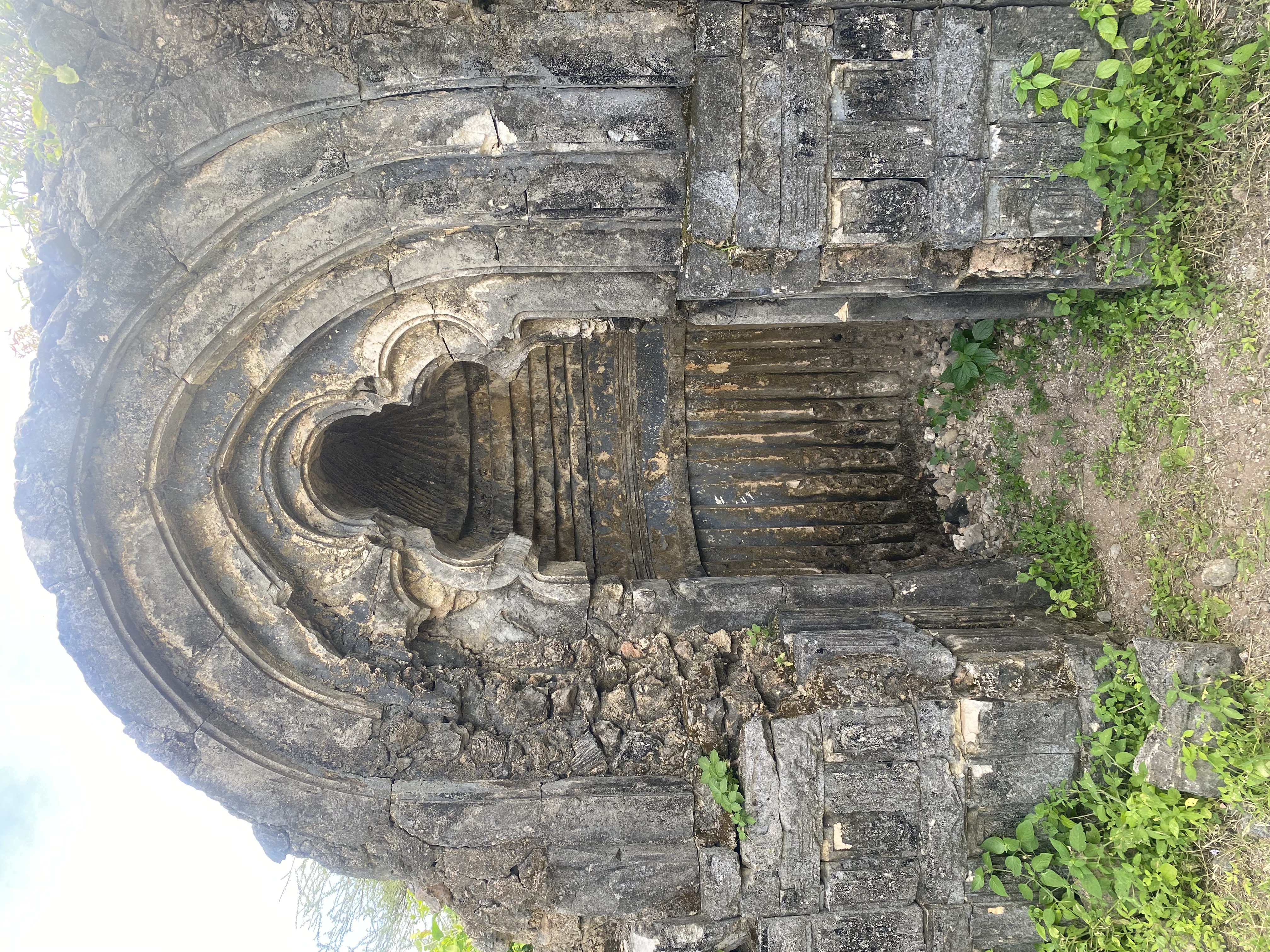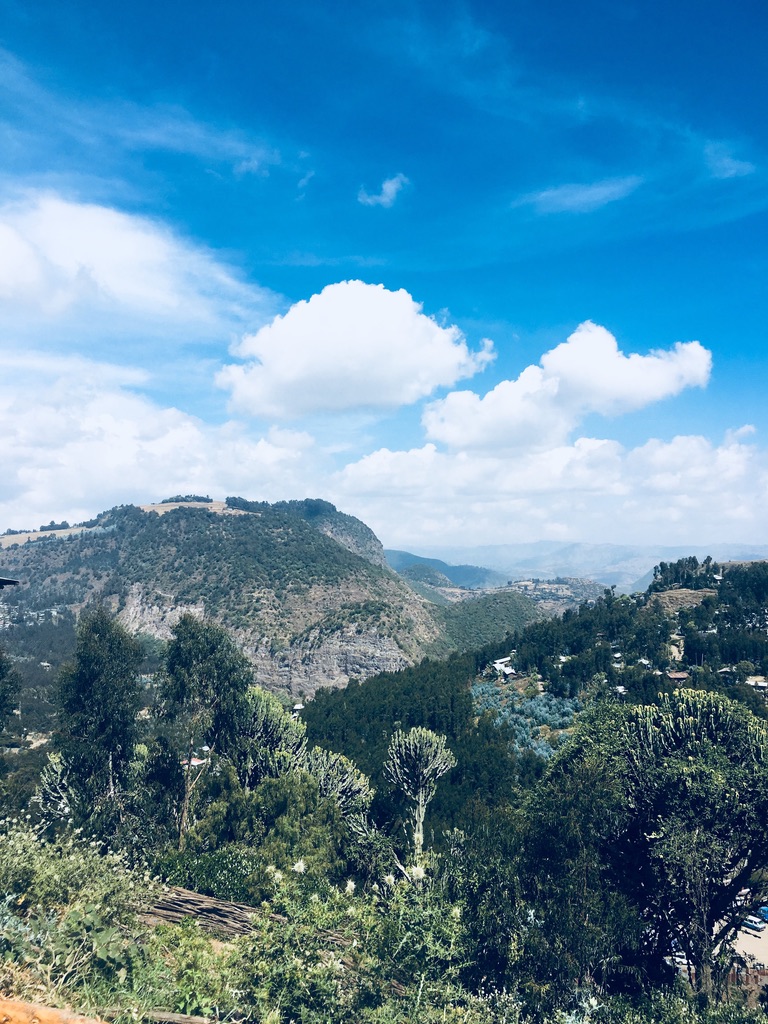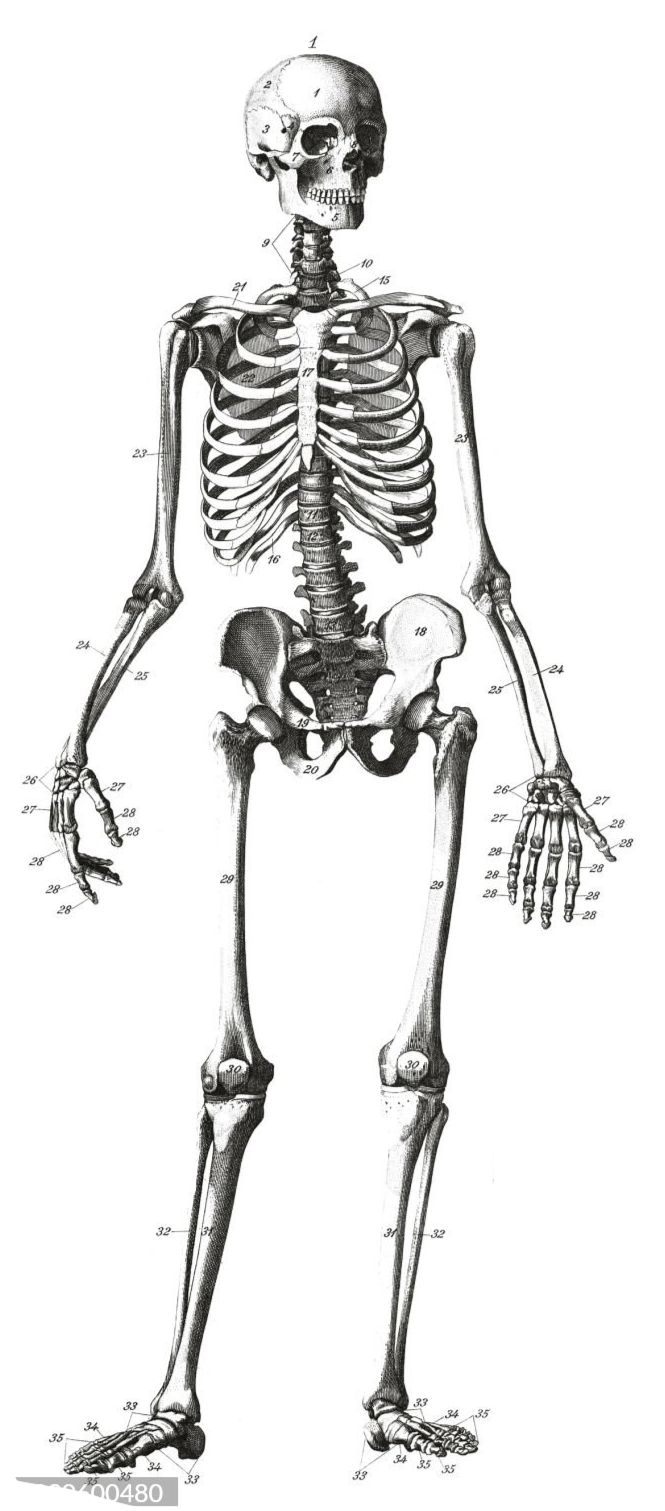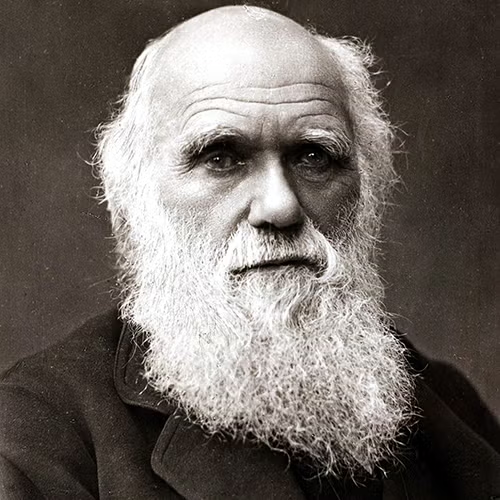
The East African Coast 1BCE to 1800CE
This course is designed to provide students a broad and critical understanding of the history and archaeology of the East African coast and its global interconnections. Beginning with an introduction to the methodological and theoretical approaches of African history and archaeology, the course surveys archaeological and historical research focusing on the East coast of Africa (Somalia, Kenya, Tanzania, Mozambique, and offshore Islands). Temporally, this course will range from the Early Iron age to 1800 CE. Topics include geography and environmental history, periodization, foodways, urbanism, craftsmanship, architecture, cross-cultural exchange and materiality, belief systems and current conservation and heritage preservation efforts. This course combines lectures and class discussions for a critical use of contemporary sources, oral histories, and archaeological discoveries.


